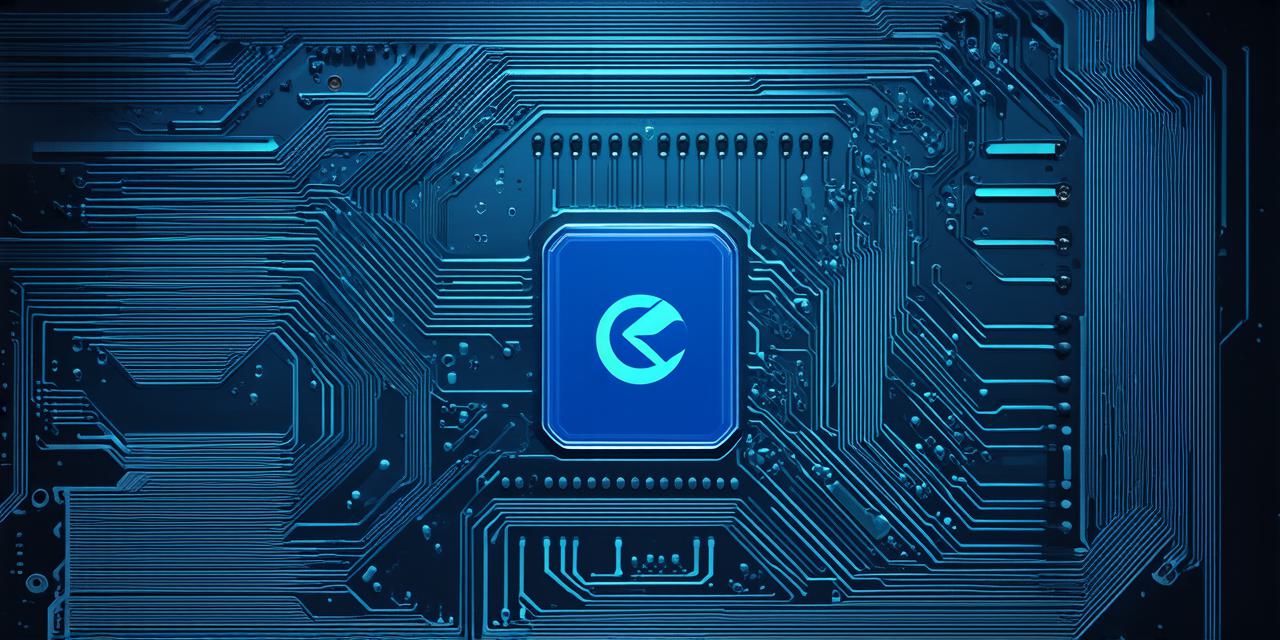Are you a developer looking to create immersive virtual experiences in the world of VRChat? Look no further than Unity, the popular game engine that has taken the gaming industry by storm. With its intuitive interface and powerful tools, Unity is the perfect choice for developers who want to bring their VRChat creations to life.

But with so many different versions of Unity available, it can be hard to know which one is best for your needs. In this comprehensive guide, we’ll take a closer look at the various versions of Unity and explore their key features, benefits, and drawbacks. By the end of this article, you’ll have a better understanding of which version of Unity is right for your VRChat development project.
1. Unity Hub: The All-in-One Solution for Developers
Unity Hub is the latest version of Unity, and it’s designed to be an all-in-one solution for developers. With Unity Hub, you can easily manage all your Unity projects in one place, from creating new projects to publishing your games. It also includes a number of powerful tools and features that make development easier, such as real-time collaboration, version control, and automated build and deployment.
One of the biggest advantages of using Unity Hub is its seamless integration with other popular development tools, such as GitHub and Slack. This makes it easy for teams to work together on projects and collaborate in real time. Additionally, Unity Hub’s support for cloud-based development means that you can access your projects from anywhere in the world, making it ideal for remote teams.
2. Unity 2018.3: The Perfect Balance of Power and Ease of Use
Unity 2018.3 is another popular version of Unity, known for its balance between power and ease of use. It’s packed with a number of advanced features that make it easy to create complex VRChat experiences, such as physics simulations, particle effects, and animation tools. At the same time, it’s also incredibly user-friendly, making it a great choice for beginners who are just getting started with game development.
One of the key benefits of using Unity 2018.3 is its support for virtual production workflows. This means that you can easily create high-quality VRChat experiences in real time, which is especially useful for live events and other time-sensitive projects. Additionally, Unity 2018.3’s support for cloud-based development means that you can collaborate with your team from anywhere in the world, making it easier to work on large-scale VRChat projects.
3. Unity 2019.1: The Future of Game Development
Unity 2019.1 is the latest version of Unity, and it’s packed with a number of new features and improvements that make it the future of game development. Some of the key features of Unity 2019.1 include support for ray tracing, which allows for incredibly realistic lighting effects in VRChat scenes. It also includes a number of advanced animation tools, such as motion capture and rigging, which make it easy to create complex animations for your characters.
Another key advantage of using Unity 2019.1 is its support for cross-platform development. This means that you can easily create VRChat experiences that run seamlessly on a wide range of devices, from PCs and consoles to mobile phones and VR headsets. Additionally, Unity 2019.1’s support for cloud-based development means that you can collaborate with your team from anywhere in the world, making it easier than ever to create large-scale VRChat projects.
